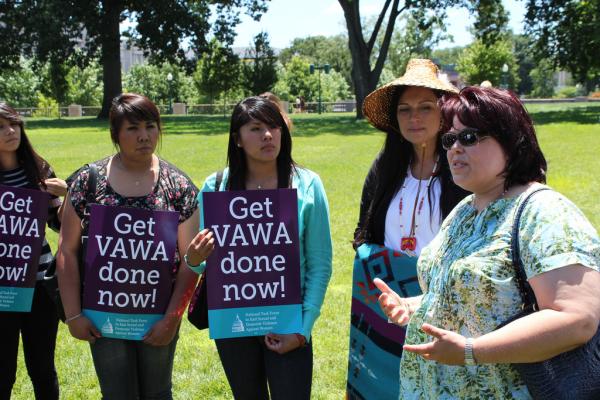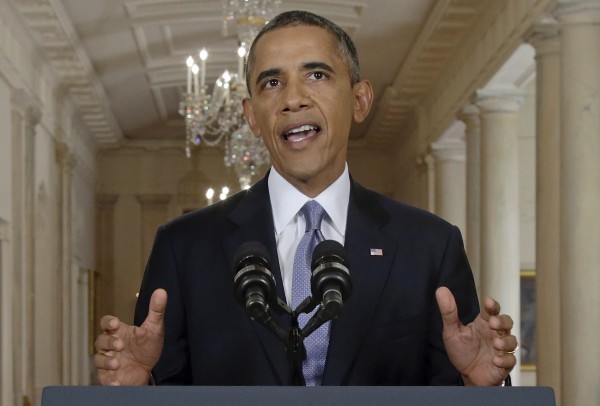
Source: Indian Country Today Media Network
Roseanne Supernault is an award-winning Metis Cree actress whose recent work includes the acclaimed series Blackstone — and with Rhymes for Young Girls, she’s again featured in a gritty drama set on a First Nations reserve. Yet Rhymes for Young Ghouls, a revenge-fantasy story that tackles the legacy of residential schools and takes place on the fictional Red Crow Mi’kmaq Reserve in 1976, is quite different. On the website of the Toronto International Film Festival, where Rhymes for Young Ghouls had its premiere on September 9, the film is described as “an S.E. Hinton novel … re-imagined as a righteously furious, surreal thriller.” Supernault shared her thoughts on the film with ICTMN.
Can you describe your character in Rhymes for Young Ghouls?
I play Anna in the film — the mother of the main character Aila. I’m an artist, I am very in love with Aila’s father Joseph, and I am very sad at the state of our life on the rez. Through most the film I am present in a haunting capacity.
Did you grow up knowing anyone like Anna growing up?
I was inspired by many women, but specifically my sister, who raised me for most my life. She’s one of the strongest women I know. Anna has rules for Aila, on surviving the rez, and I’m pretty sure my sister could write that very same book.
What elements of this film will resonate with a Native audience?
The climax of this film is quite extraordinary. After reading the script I was reminded of a quote by actress Melanie Laurent about Inglourious Basterds. She said how important it was for her as a Jewish woman to be a part of that movie for the sake of her family, because of the fantastical revenge that the main characters get. Relatives of mine whom I love very much went to residential school and I can’t help but feel a sense of redemption and empowerment by being a part of this story. I imagine it will resonate with most Native people who watch it. They’re also going to see more humorous characters and a very powerful heroine, Aila, played by Kawennahere Devery Jacobs, who is a remarkable up-and-coming actress.

Do you think it will appeal to the larger filmgoing public?
[Filmmaker] Jeff Barnaby’s story and vision will appeal to a mainstream audience as well, simply for the fact that it’s just good film. If you take away the contextualization of reservation life, Jeff has really done a terrific job of basing this story on universal elements that you can relate to as a human being. It’s raw, it’s gritty, and it’s beautiful.
There are certain common elements between Rhymes for Young Ghouls and the TV series Blackstone. Both deal with a dark side of rez life; with corruption and crime. How deep do the similarities run, and where do they end?
They’re both strong stories set on a reservation and have elements of corruption, but otherwise, the similarities end there. Jeff looks at reserve life with a different set of eyes. When have we ever really seen what it was like to have Indian Agents breathing down our necks — day in and day out — on the rez? And especially to execute it with this unique ghoulish motif! Every once in a while when reading the script, I would think: “Did he just say that?! Did he just do that?! This is amazing! I have to be a part of this.” And I’m so glad I am! I think the world’s about to find out that Natives are some of the most powerful storytellers on earth. It’s in our blood.
How do you respond to criticism that entertainment like Blackstone and Rhymes for Young Ghouls can be bad for the image of Natives?
What’s important here is that we be patient with our storytellers. Contrasting and challenging Hollywood’s hundred-year depiction of Natives is going to take some time. I carry the same message straight across for all audiences: we can’t base the perceived vision of Native People on ONE Film or TV show about Native People, and then make judgements. Please be patient with us. I’ve never met such a hard-working generation of people! We’re really on our way.
Director Jeff Barnaby is one of the most interesting young filmmakers (Native or otherwise) in Canada today. Were you previously familiar with his work?
He’s definitely going to be doing big things and I would love nothing more than to work with him again. I watched “File Under Miscellaneous” before meeting him, and was instantly a fan. He also showed Devery and me “The Colony” during pre-production. I think we both knew then that we were in safe hands.
What it was like working with him on Rhymes for Young Girls?
Jeff is a visionary. And what’s great is that his Nativeness is still very much intact. He doesn’t have that phoney telephone voice many of us have adapted as a sort of as a survival mechanism. He’s Native through and through. He’s real, he’s talented, and he’s got a crazy awesome sense of humor!
Read more at http://indiancountrytodaymedianetwork.com//2013/09/11/revenge-rez-roseanne-supernault-rhymes-young-ghouls-151228
Rhymes for Young Ghouls – clip #1 from Prospector Films on Vimeo.

























